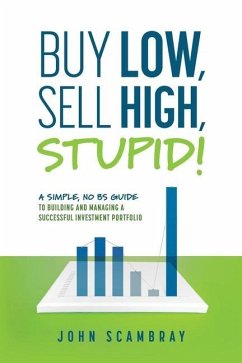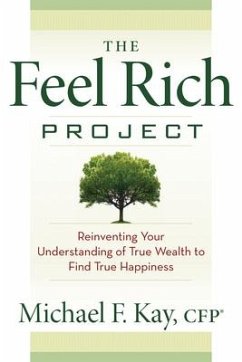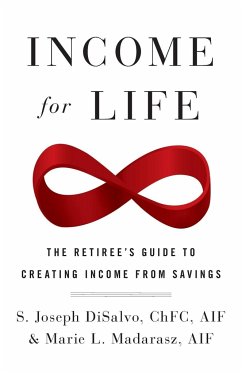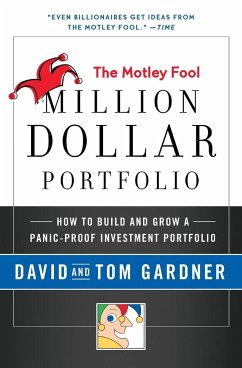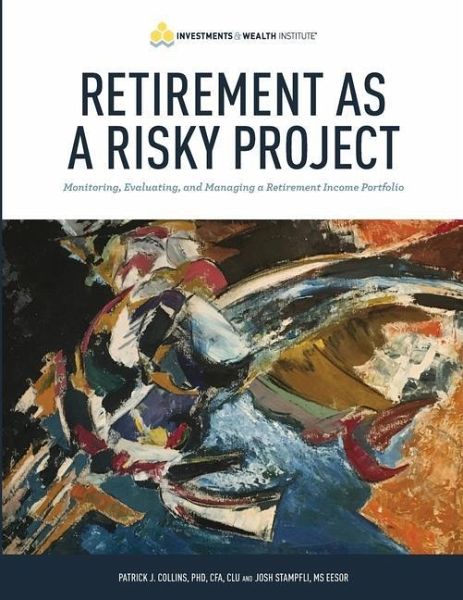
Retirement As A Risky Project: Monitoring, Evaluating, and Managing a Retirement Income Portfolio
Versandkostenfrei!
Nicht lieferbar
Investors, investment advisors, and trustees of irrevocable family trusts face the challenge of providing sustainable periodic cash flows from financial asset portfolios. As the title suggests, this study gives primary emphasis to retirement-income planning for private investors. Initially, the retirement-planning process focuses on designing a portfolio (usually in terms of strategic or tactical asset allocation approaches), deciding on spending (withdrawal) elections, memorializing decisions in a written investment policy statement, and implementing the portfolio through the acquisition of i...
Investors, investment advisors, and trustees of irrevocable family trusts face the challenge of providing sustainable periodic cash flows from financial asset portfolios. As the title suggests, this study gives primary emphasis to retirement-income planning for private investors. Initially, the retirement-planning process focuses on designing a portfolio (usually in terms of strategic or tactical asset allocation approaches), deciding on spending (withdrawal) elections, memorializing decisions in a written investment policy statement, and implementing the portfolio through the acquisition of investments. Following the first-stage activities, retirement planning becomes a measuring and managing problem. Although this book does not ignore first-stage activities, it focuses primarily on retirement-income portfolio management where the term "management" encompasses an assessment of investment resources and goals, elucidation of options, and implementation of a process to decide which options are appropriate and prudent. Retirement is a risky project. We use the term "project" in a real-options sense where the investor has the option to accept the project (start retirement immediately), delay the project (postpone the retirement start date), or, health permitting, reject the project (work for the remainder of life). This book demonstrates that real options are rarely binary. Rather, they exist along a decision path where the advisor invites the investor to consider which asset management options are available currently. Real options, evaluated intelligently, offer the investor both risk and opportunity. This book examines retirement risk and opportunity by considering three metrics: feasibility, sustainability, and flexibility.




